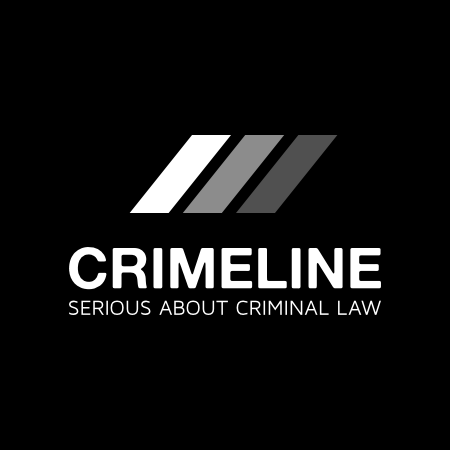Legislation – Railways and Transport Safety Act 2003
Changes to legislation:
There are currently no known outstanding effects for the Railways and Transport Safety Act 2003, Section 8.![]()
Changes to Legislation
Revised legislation carried on this site may not be fully up to date. At the current time any known changes or effects made by subsequent legislation have been applied to the text of the legislation you are viewing by the editorial team. Please see ‘Frequently Asked Questions’ for details regarding the timescales for which new effects are identified and recorded on this site.
Part 1Investigation of Railway Accidents
Investigation by Branch
8Investigator’s powers
(1)
For the purpose of conducting an investigation by virtue of section 7 an inspector of rail accidents may, provided that he produces evidence of his identity if asked to do so—
(a)
enter railway property;
(b)
enter land (which may include a dwelling-house) which adjoins or abuts railway property;
(c)
enter a vehicle or structure which is on railway property or which is on land which could be entered under paragraph (b);
(d)
enter land which does not fall within paragraph (a), (b) or (c) if—
(i)
it is used wholly or partly for the purposes of or in connection with anything done on or with railway property, or
(ii)
the inspector reasonably believes that it may contain evidence relating to an accident or incident;
(e)
in entering anything under paragraph (a), (b), (c) or (d), be accompanied by one or more persons authorised by the Chief Inspector of Rail Accidents for that purpose (whether generally or specifically);
(f)
in entering anything under paragraph (a), (b), (c) or (d), make arrangements to have with him equipment or materials.
(2)
For the purpose of conducting an investigation by virtue of section 7 an inspector of rail accidents may—
(a)
make a written, electronic, photographic or other record;
(b)
remove and retain samples;
(c)
arrange for anything to be removed and retained for the purpose of analysis or other examination or for the purpose of preserving evidence;
(d)
require access to a record or to recording equipment;
(e)
require a person to answer a question;
(f)
require a person to provide information;
(g)
require a person to disclose a record;
(h)
require a person to provide a copy of a record;
(i)
require disclosure of the result of an examination of a person, body or thing;
(j)
require a person to certify the truth, accuracy or authenticity of a statement made, of information or a document provided or of a record disclosed.
(3)
A person commits an offence if without reasonable excuse he—
(a)
fails to comply with a requirement imposed by an inspector of rail accidents for the purpose of an investigation by virtue of section 7,
(b)
makes a statement for the purpose of an investigation by virtue of section 7 knowing or suspecting that the statement is inaccurate or misleading,
(c)
provides information or a record for the purpose of an investigation by virtue of section 7 knowing or suspecting that the information or record is inaccurate or misleading,
(d)
obstructs an inspector of rail accidents in the course of his conduct of an investigation by virtue of section 7,
(e)
obstructs a person accompanying an inspector of rail accidents under subsection (1)(e), or
(f)
obstructs a person exercising a power of an inspector by virtue of regulations under section 9(1)(d).
(4)
A person who is guilty of an offence under subsection (3) shall be liable on summary conviction to—
(a)
imprisonment for a term not exceeding 51 weeks,
(b)
a fine not exceeding level 5 on the standard scale, or
(c)
both.
(5)
Subsection (6) applies where—
(a)
the Rail Accident Investigation Branch is conducting an investigation by virtue of section 7 in respect of an accident or incident, and
(b)
a question arises as to the desirability of action which any other person proposes to take for the purpose of investigating the accident or incident.
(6)
The question may be determined by—
(a)
the Chief Inspector of Rail Accidents, or
(b)
an inspector of rail accidents acting on behalf of the Chief Inspector.
